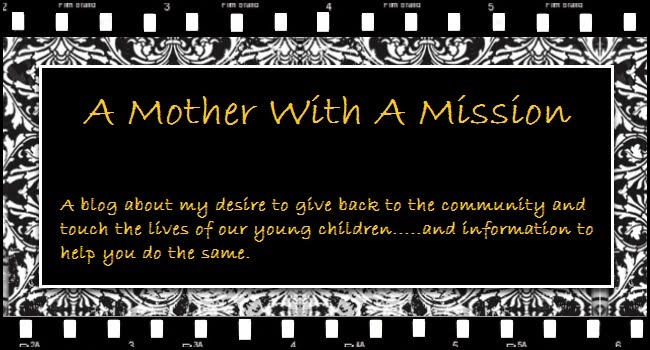Supports can be defined in many ways. When I sat and reflected on the supports in my daily life, I have come up with many.
Here are some of my supports, and how they affect my daily life.
Relationships With Family!
My husband is my greatest support. My husband supports me in all aspects of my life. He is there for emotional support and listens to my joys and concerns with open ears. My husband is the bread winner in our family, therefore is our main financial support. My husband is supporting in terms of parenting. We make decisions for our family and children jointly. In addition to all these things, my husband takes care of the yard work, helps around the house, takes me youngest daughter to daycare two days a week, helps with bath time, bedtime, and morning routine with the children. He does so much I could keep going. Again, he is truly my greatest support.
Without the support of others, I know I would be an emotional wreck. I lean on my husband and my mother for many emotional supports. Without the support of my husband financially, I alone would not be able to adequately provide for my two children. Without his support around the house, there are many things that wouldn't be done. His support allows me to be able to work from home, obtain my master's degree, and even have some time to relax. The loss of this support would cause me to not be able to obtain some of the goals I have set for myself, and could possibly affect me physically due to pure exhaustion.
Organizational Techniques!
The main means of organizing my life is the use of lists and calendars. I have a calendar that hangs in the kitchen in which we use for family events, school events, birthdays, and doctor appointments. I have a calendar I use for work. This schedule contains appointments with clients, as well as client information (addresses, phone numbers, etc.). I have a weekly schedule that hangs on my refrigerator that I use to document my weekly to-dos for work, housework, and school assignments. Also on my refrigerator, I even have a monthly meal calendar. We plan our dinner menu one month in advance. It helps so I am not sitting around planning menus each week, and it helps us not to repeat meals often.

Without these supports, I would be completely lost. My work, housework, school work, and social life would all be in jeopardy. I know there are some people that don't even own a calendar, but I live by them. I learn this skill from my mother, and I strongly feel that it helps my life to run much smoother.
Other Parents!
A lot of my friends are also parents. Have you ever noticed that as you age, you conversations with friends change also? When we get together for cookouts, dinners out, or birthday celebrations, my friends and I sit around discussing our children. I can't even tell you how many times we all say, "Oh, I am so glad to hear it's not just my son/daughter!" Parents are great supports for other parents. I have friends that call on me for advice, and I do the same with my friends. We have friends that don't yet have children. They look to us for advice and support on what it is like to have children or go through pregnancies and family preparation. We have friends that have children the same age as us. We usually sit around comparing what our children do in comparison to each other, and discuss methods of parenting that work for us. It's such a great tool for learning. Then we have parents who have children that are much older than ours. Those are the friends who often share the future of what we will be facing in a few years, and often are there to share similar experiences and offer comfort to us.
If I didn't have other parents to discuss the past, present, and future with, I don't think I would know as much as I do. Just like in our early childhoods, we are still learning from our peers! Hearing how a friends parents allows us to see parenting in different ways, and decide to use what we think will be the most beneficial to our children and family.
A Challenging Life!
Through my career as a developmental therapist, and through my personal life as the mother of a medically complicated child, I often come in contact with families and individuals that are facing very difficult challenges.
For instance, having a disability such as cerebral palsy would require many supports in your life. Many people with cerebral palsy are confined to a wheel chair. Being confined to a wheel chair would require physical supports for most of the tasks in your life such as going to the restroom, preparing meals, cleaning the house, showering, transportation, and many more. It seems like the number of businesses that are employing individuals with disabilities, such as cerebral palsy, is growing, but that number is still low. Individuals with cerebral palsy often require financial support from family or the government. If individuals with disabilities feel disconnected from others or the community, it can cause many emotional issues which requires support from family, friends, or professionals. Without these supports, many individuals would not be able to live.

Inclusion for individuals with disabilities as children can lead to a "sense of belonging" and independence. This independence can transfer into adulthood, and possibly allow individuals to become more involved, active, and accepted in the community.





















